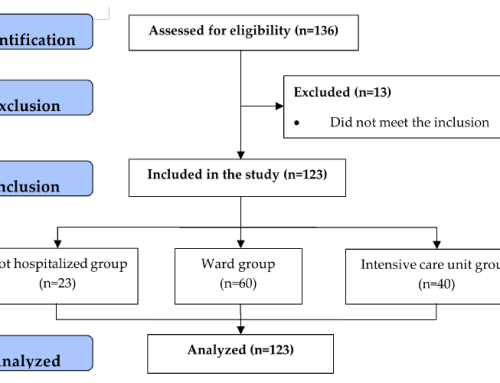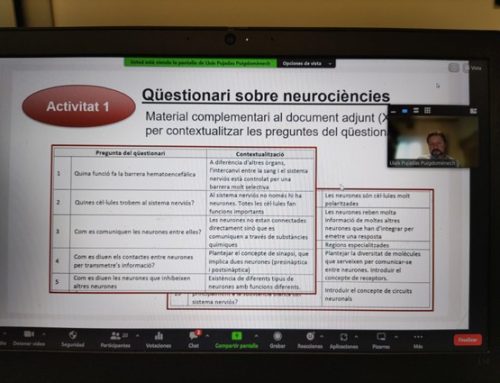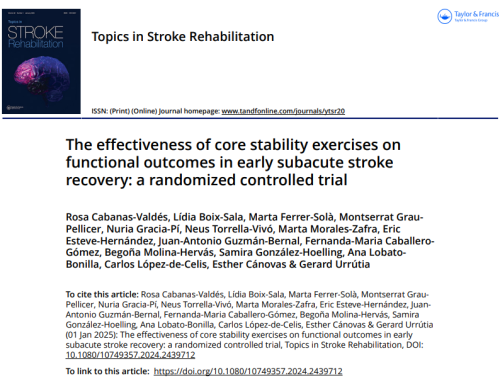ARTICLE. Castillo A, Galtés I, Crespo S, Jordana X. Technical note: preliminary insight into a new method for age-at-death estimation from the pubic symphysis
Abstract.
Age-at-death estimation methods are important in forensic anthropology. However, age assessment is problematic due to interindividual variation. The subjectivity of visual scoring systems can affect the accuracy and reliability of methods as well. One of the most studied skeletal regions for age assessment is the pubic symphysis. Few studies on Spanish pubic symphysis collections have been conducted, making further research necessary as well as the sampling of more forensic skeletal collections. This study is a preliminary development of an age-at-death estimation method from the pubic symphysis based on a new simple scoring system. A documented late twentieth century skeletal collection (N = 29) and a twenty-first century forensic collection (N = 76) are used. Sixteen traits are evaluated, and a new trait (microgrooves) is described and evaluated for the first time in this study. All traits are scored in a binary manner (present or absent), thus reducing ambiguity and subjectivity. Several data sets are constructed based on different age intervals. Machine learning methods are employed to evaluate the scoring system’s performance. The results show that microgrooves, macroporosity, beveling, lower extremity, ventral and dorsal margin decomposition, and lipping are the best preforming traits. The new microgroove trait proves to be a good age predictor. Reliable classification results are obtained for three age intervals (≤ 29, 30–69, ≥ 70). Older individuals are reliably classified with two age intervals (< 80, ≥ 80). The combination of binary attributes and machine learning algorithms is a promising tool for gaining objectivity in age-at-death assessment.












Leave a Reply